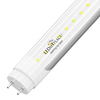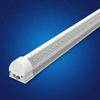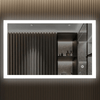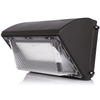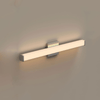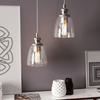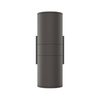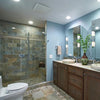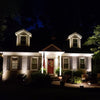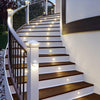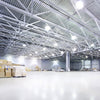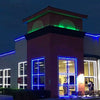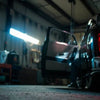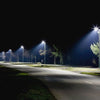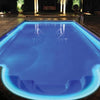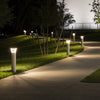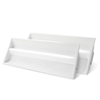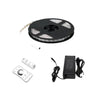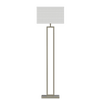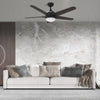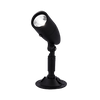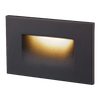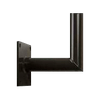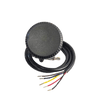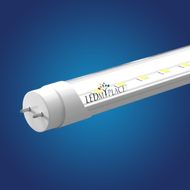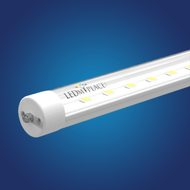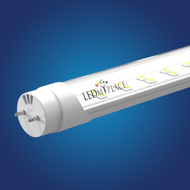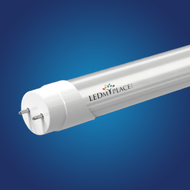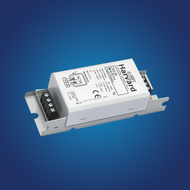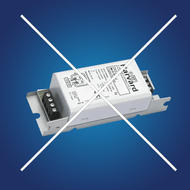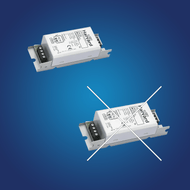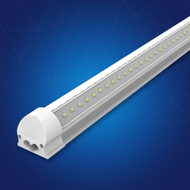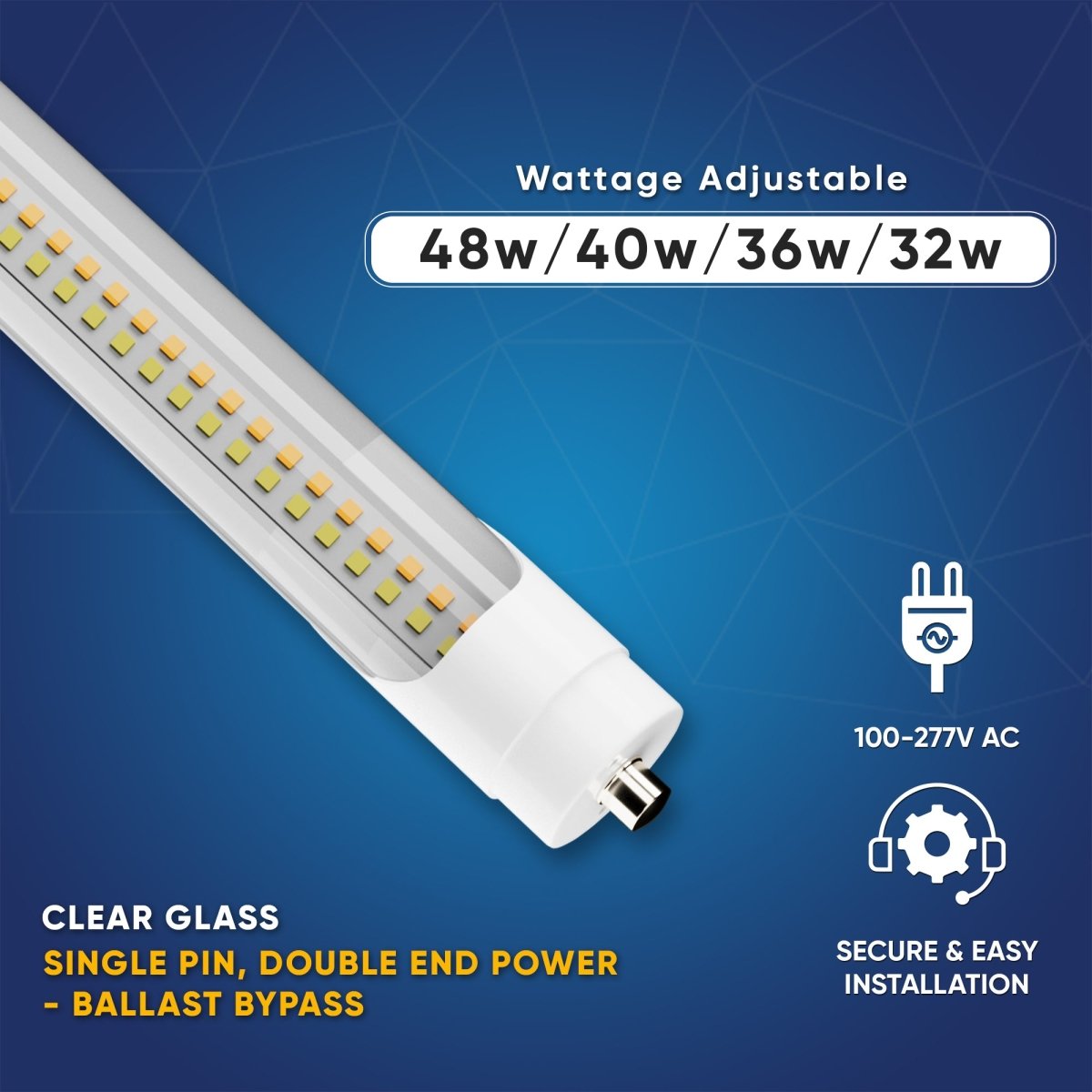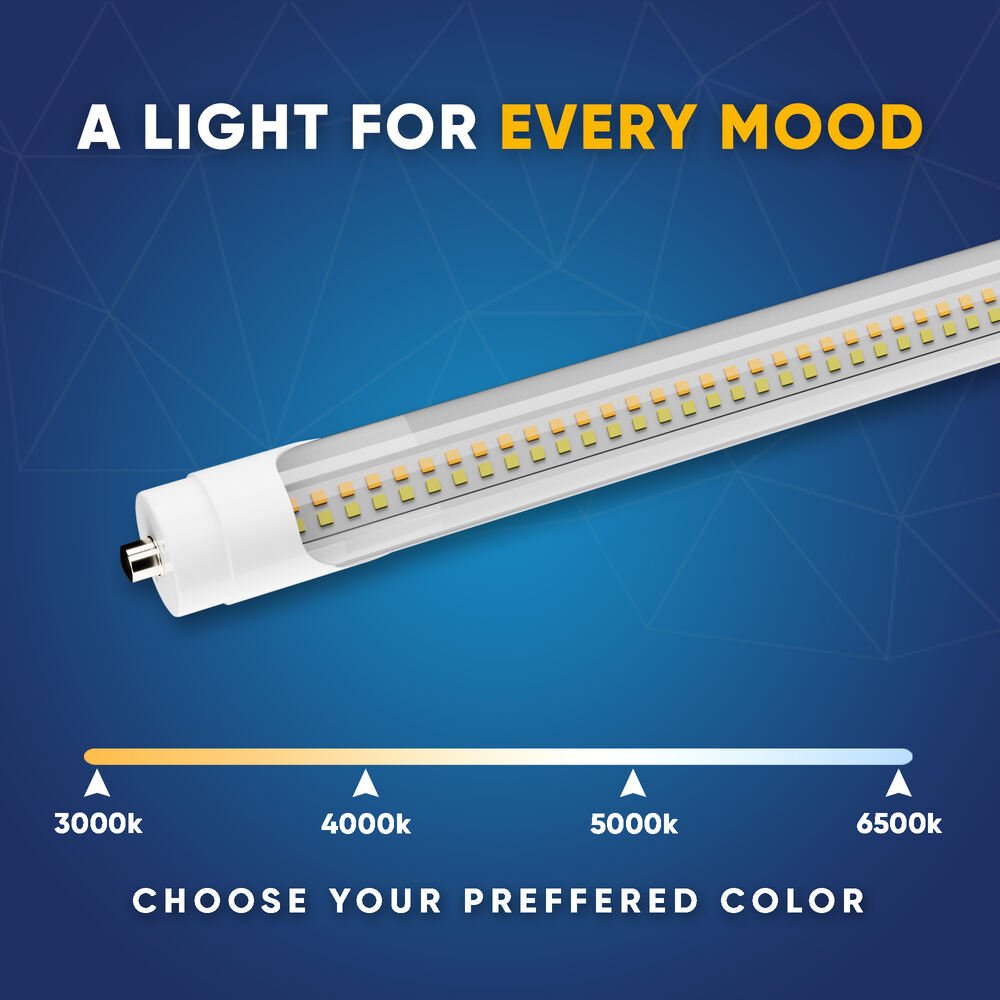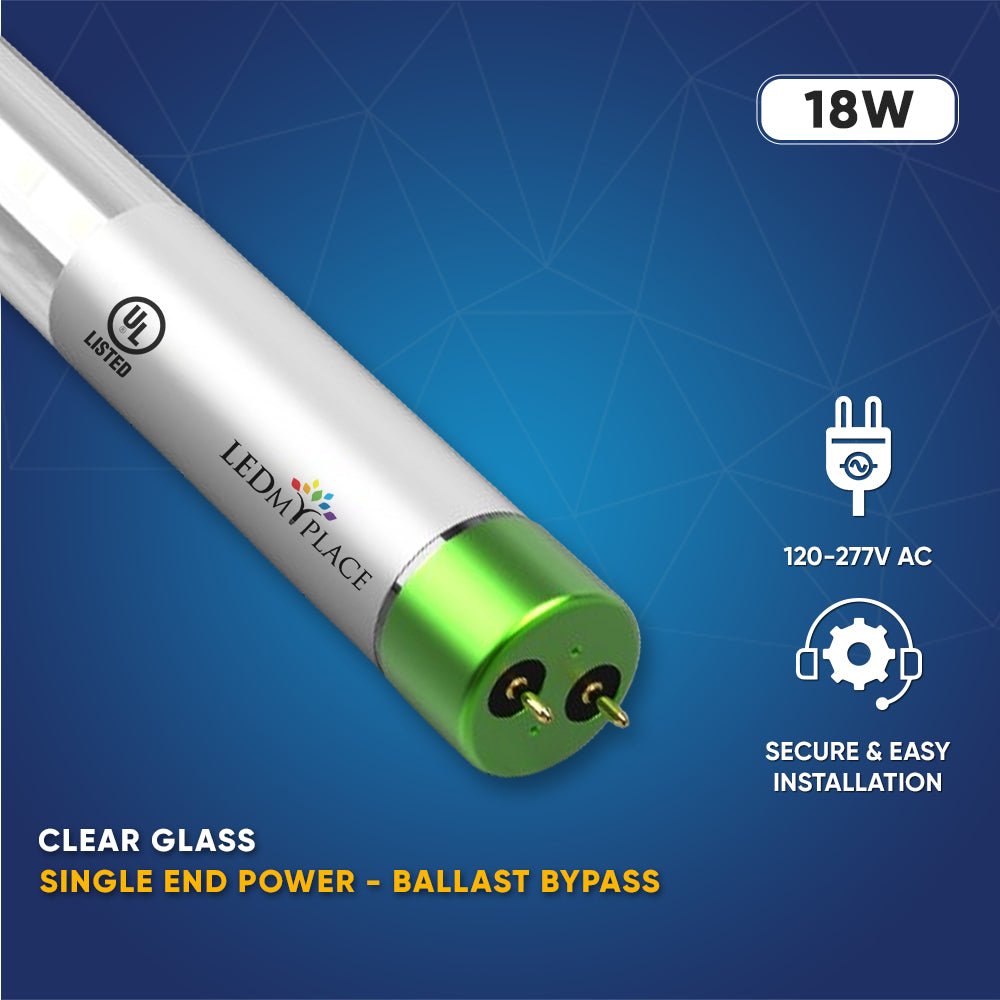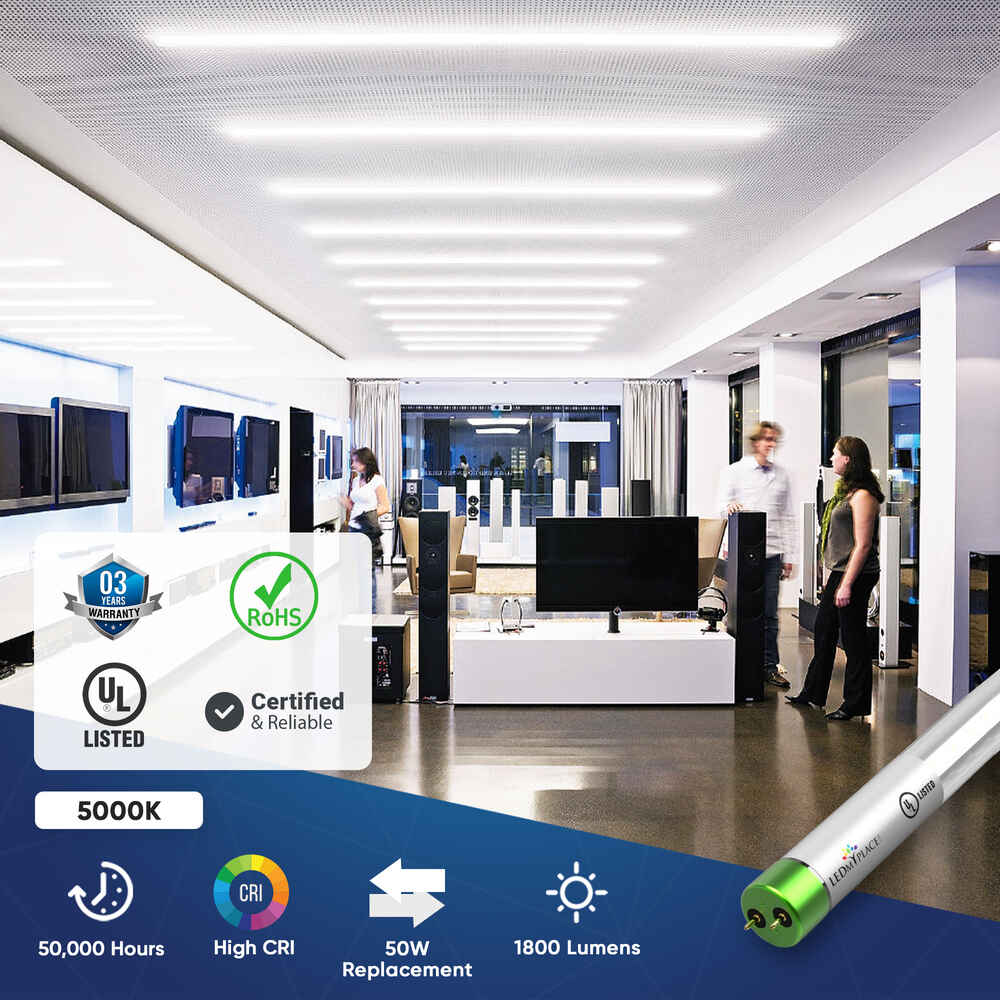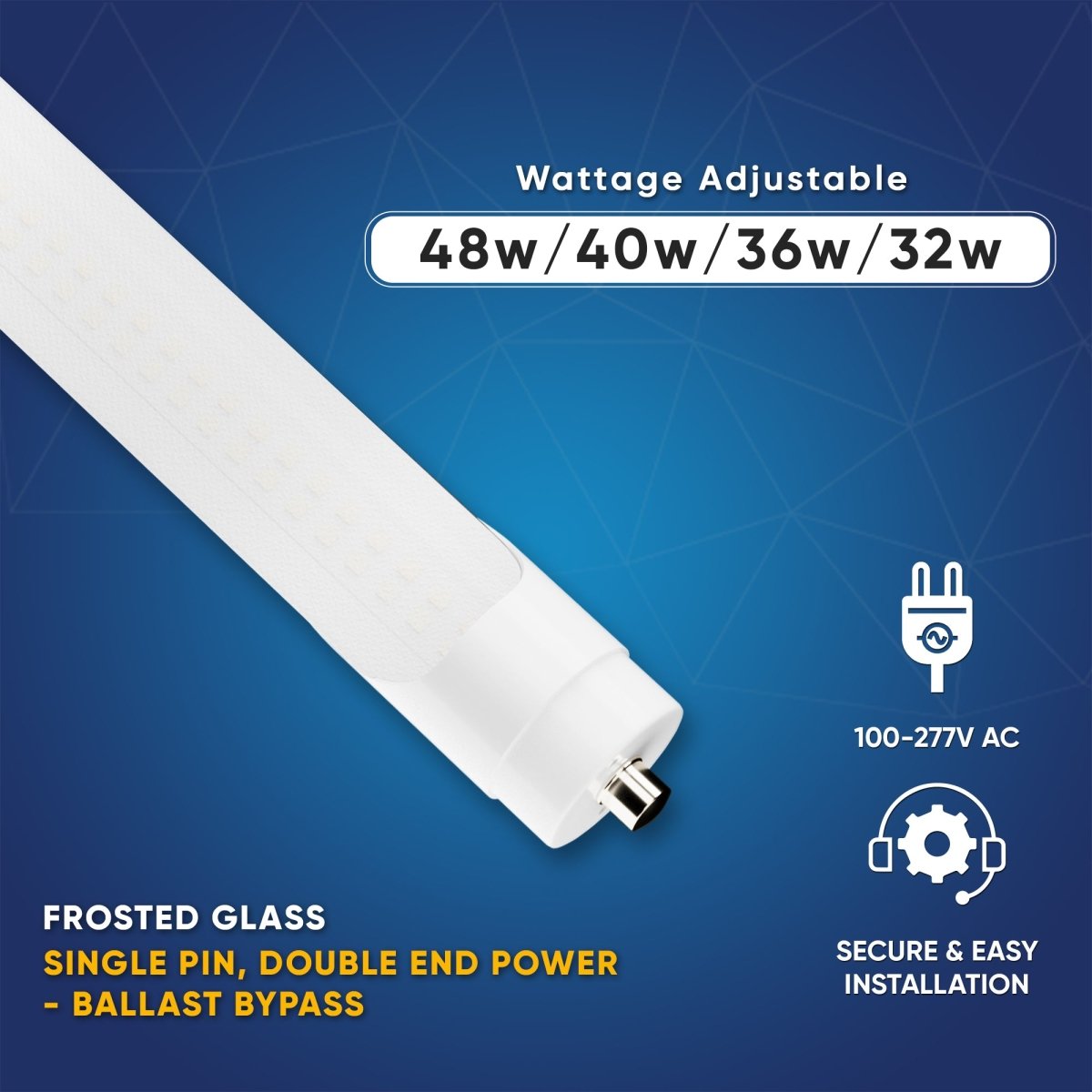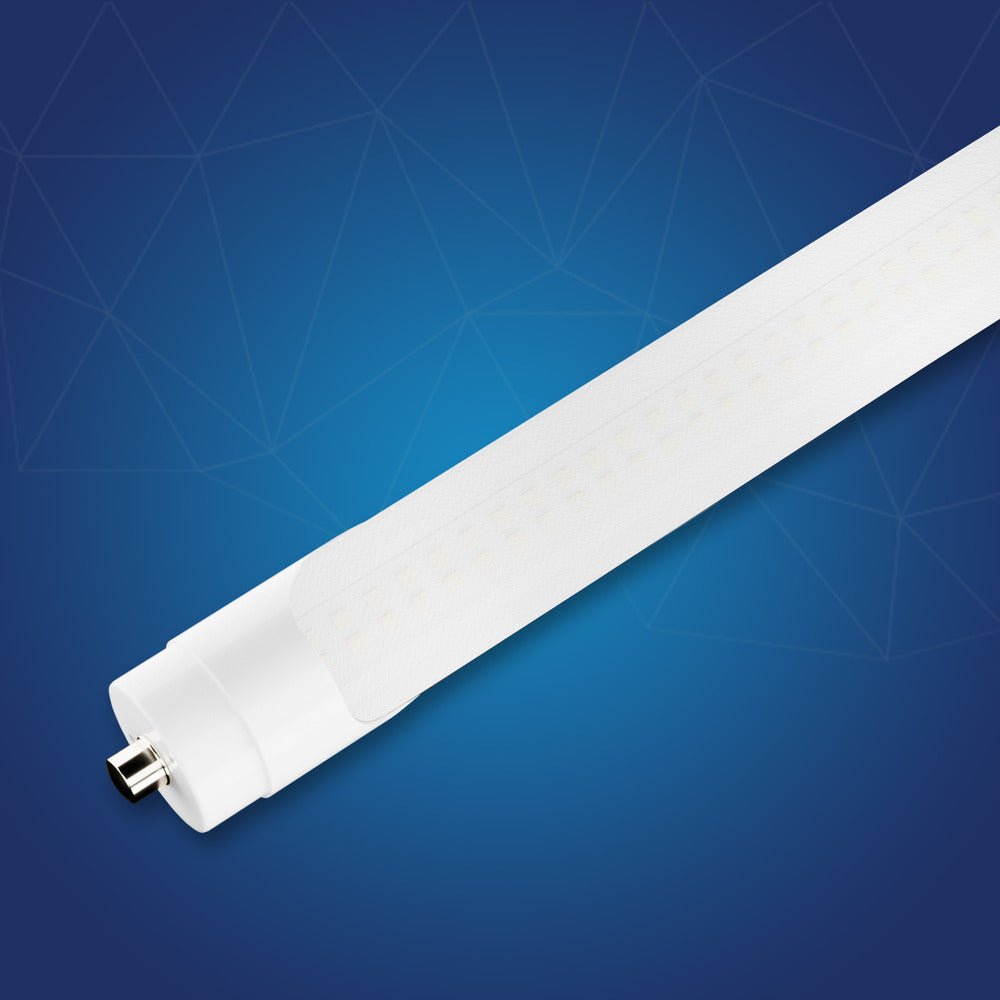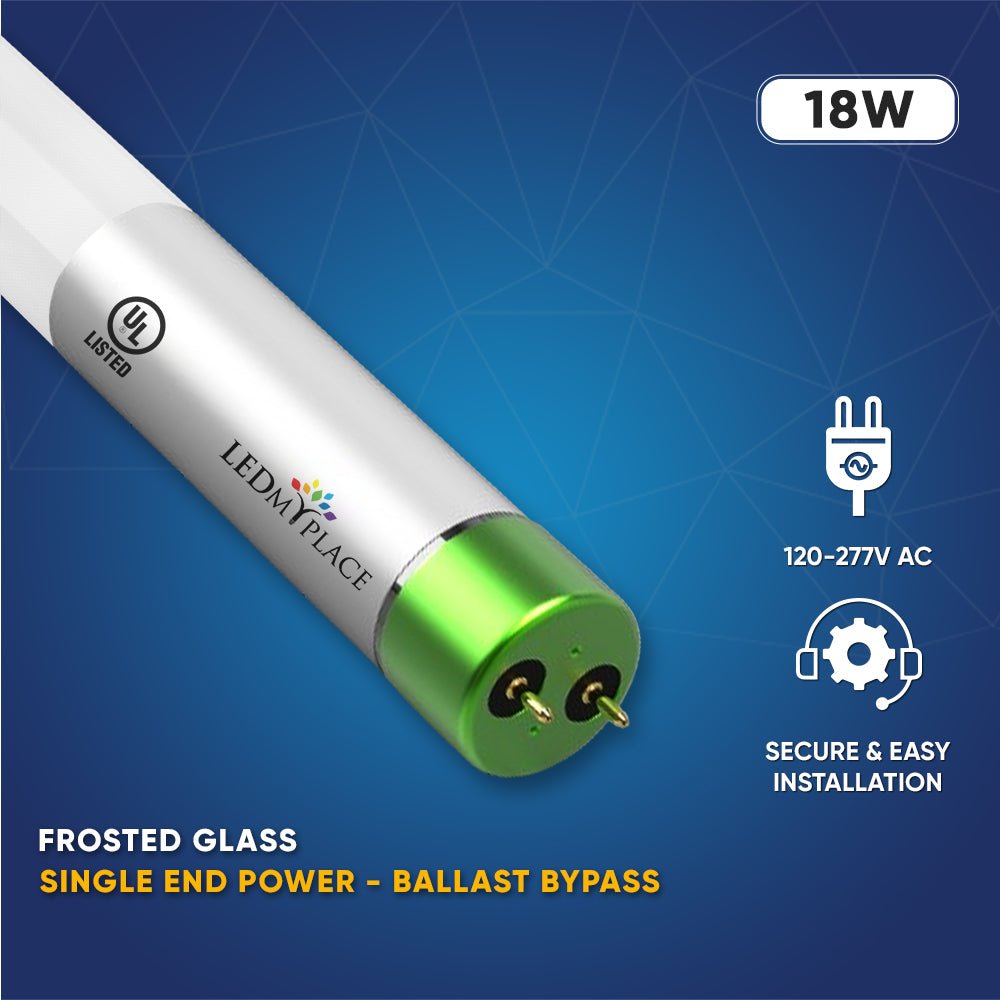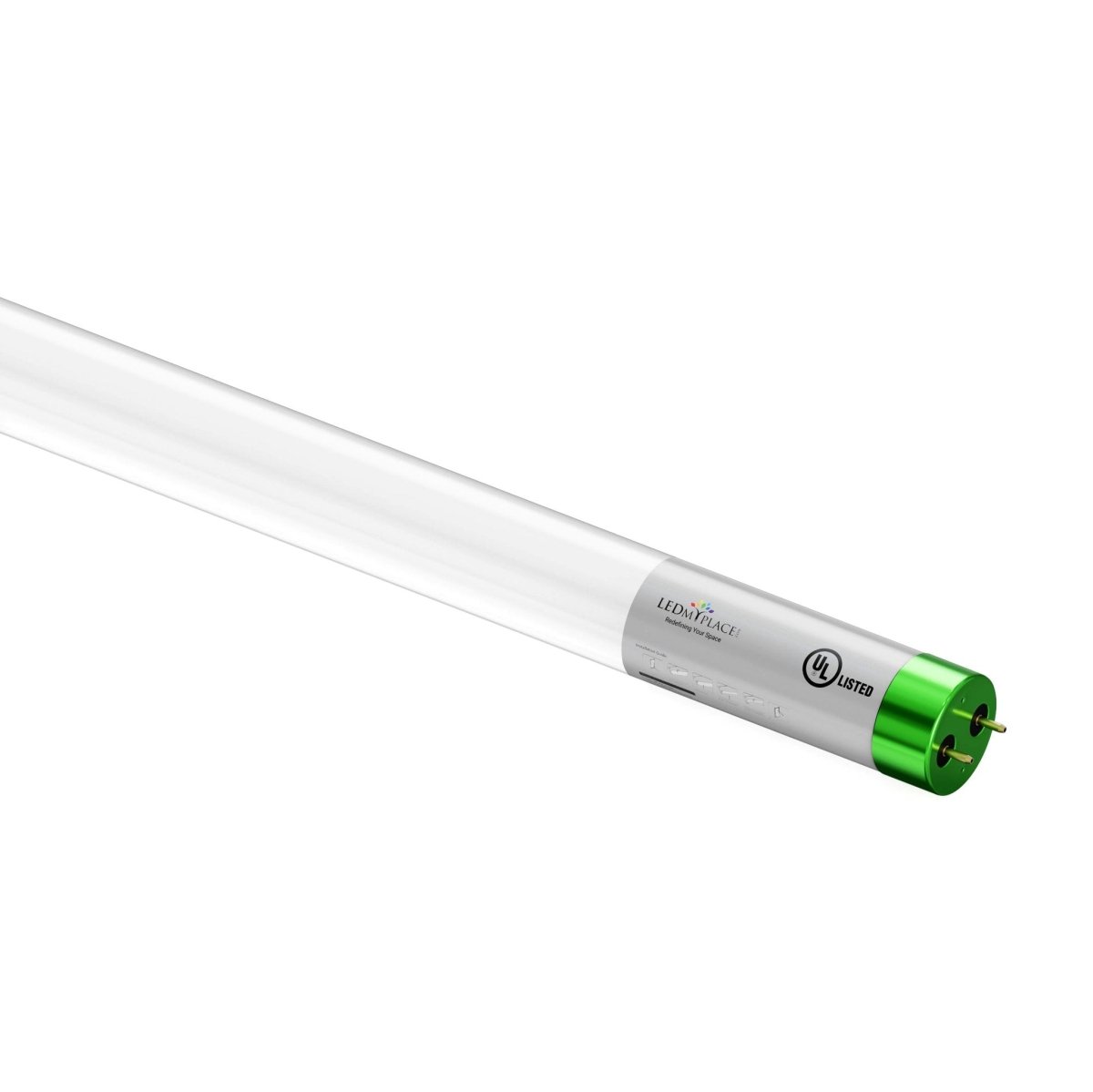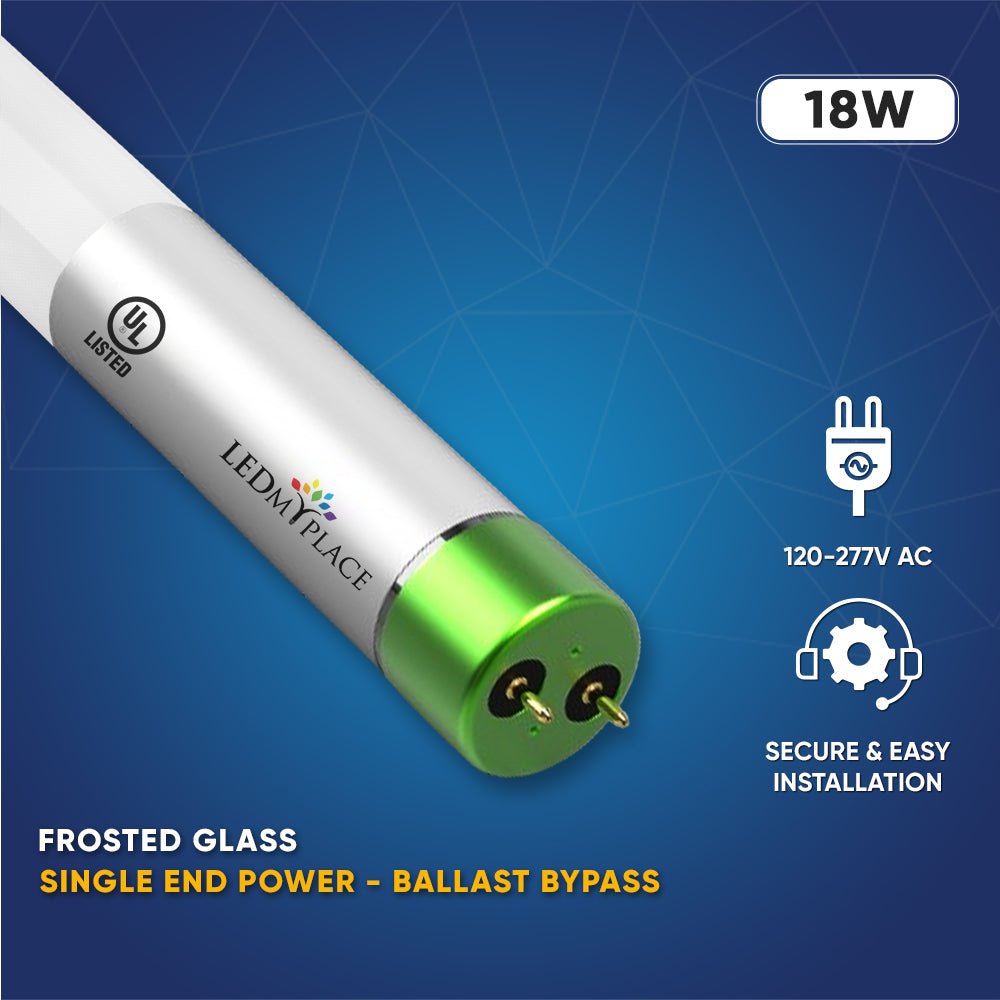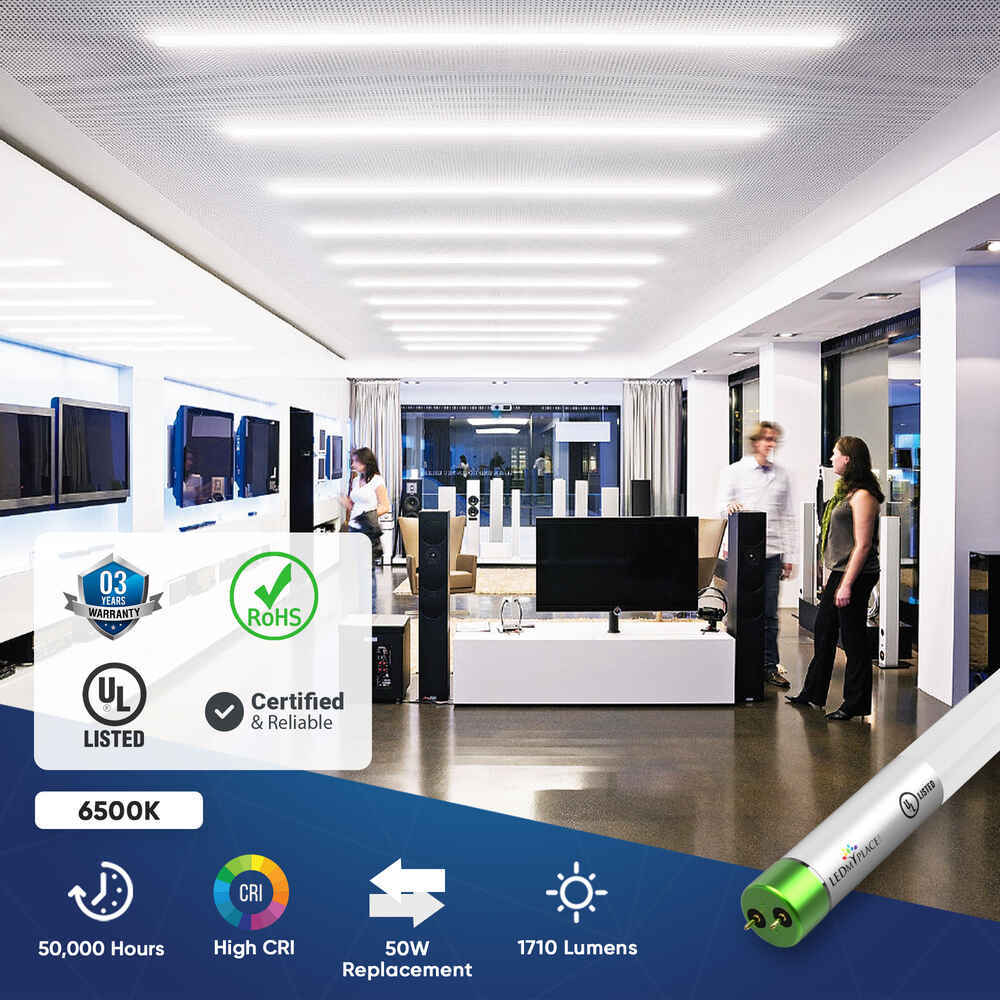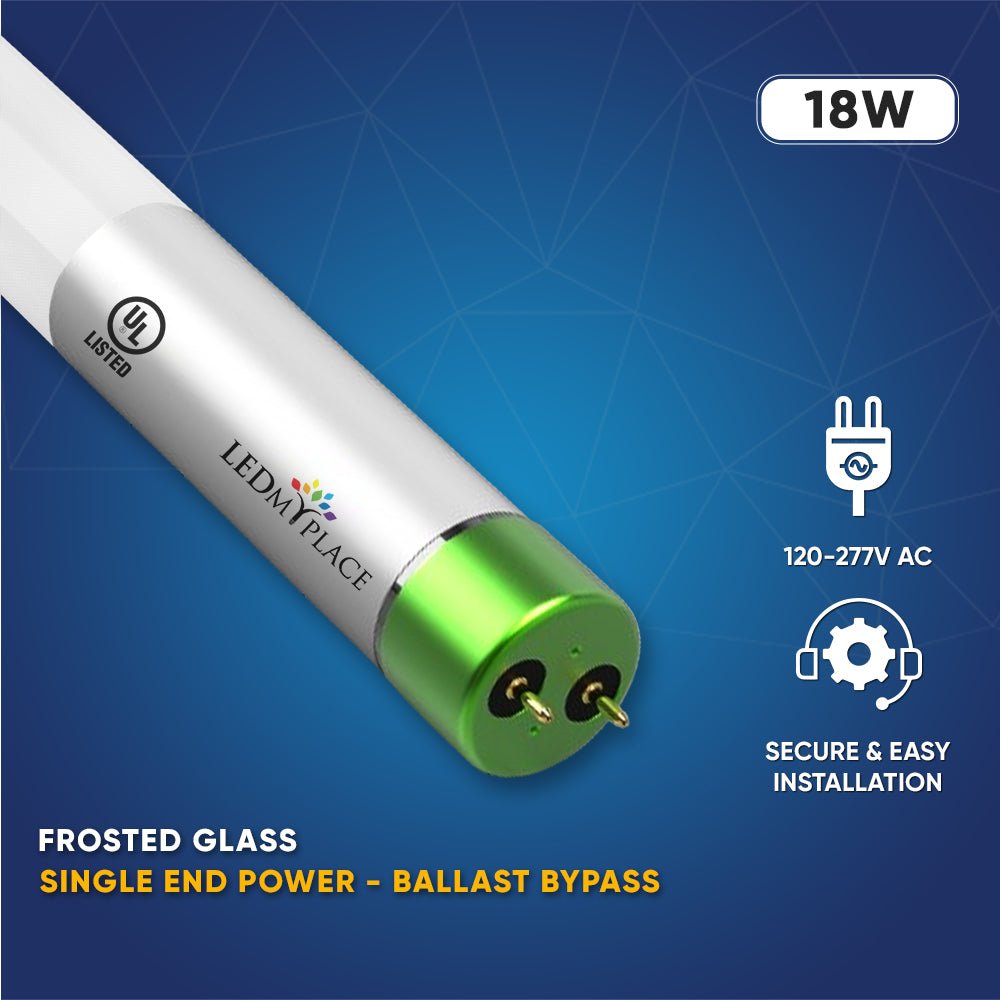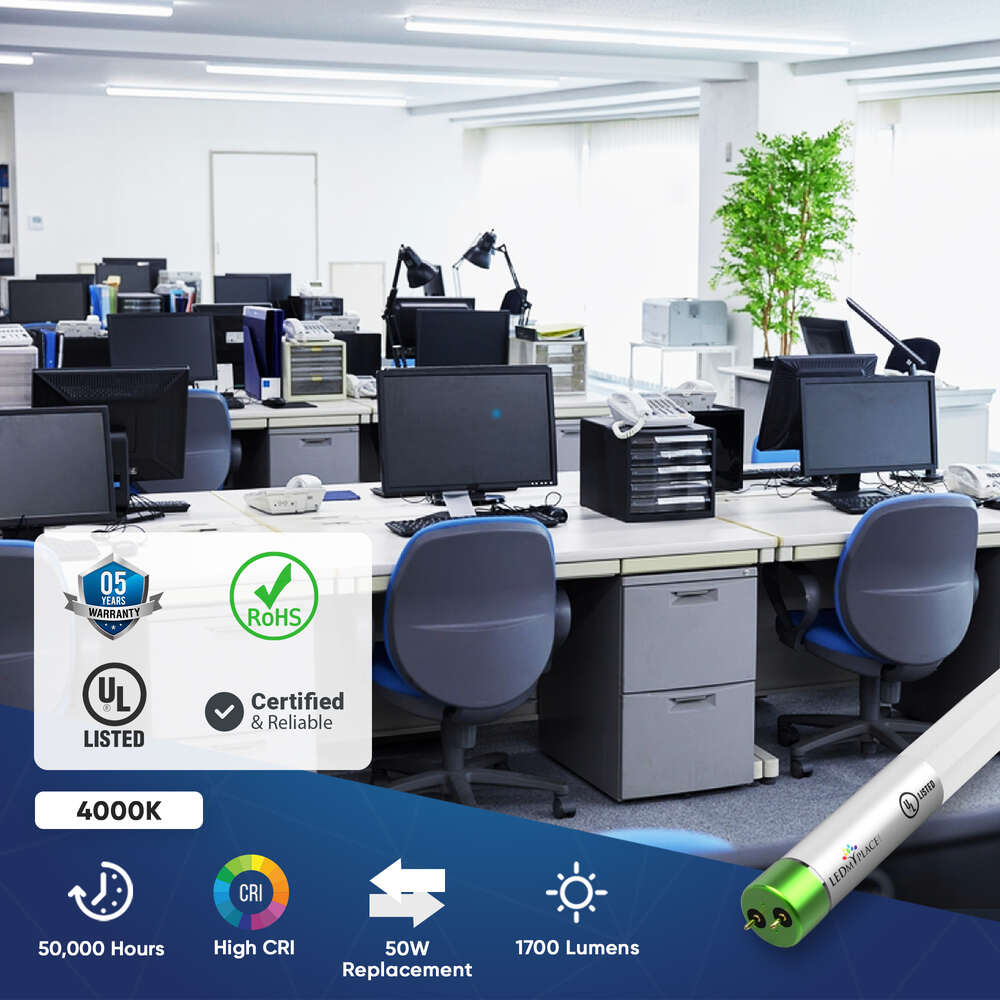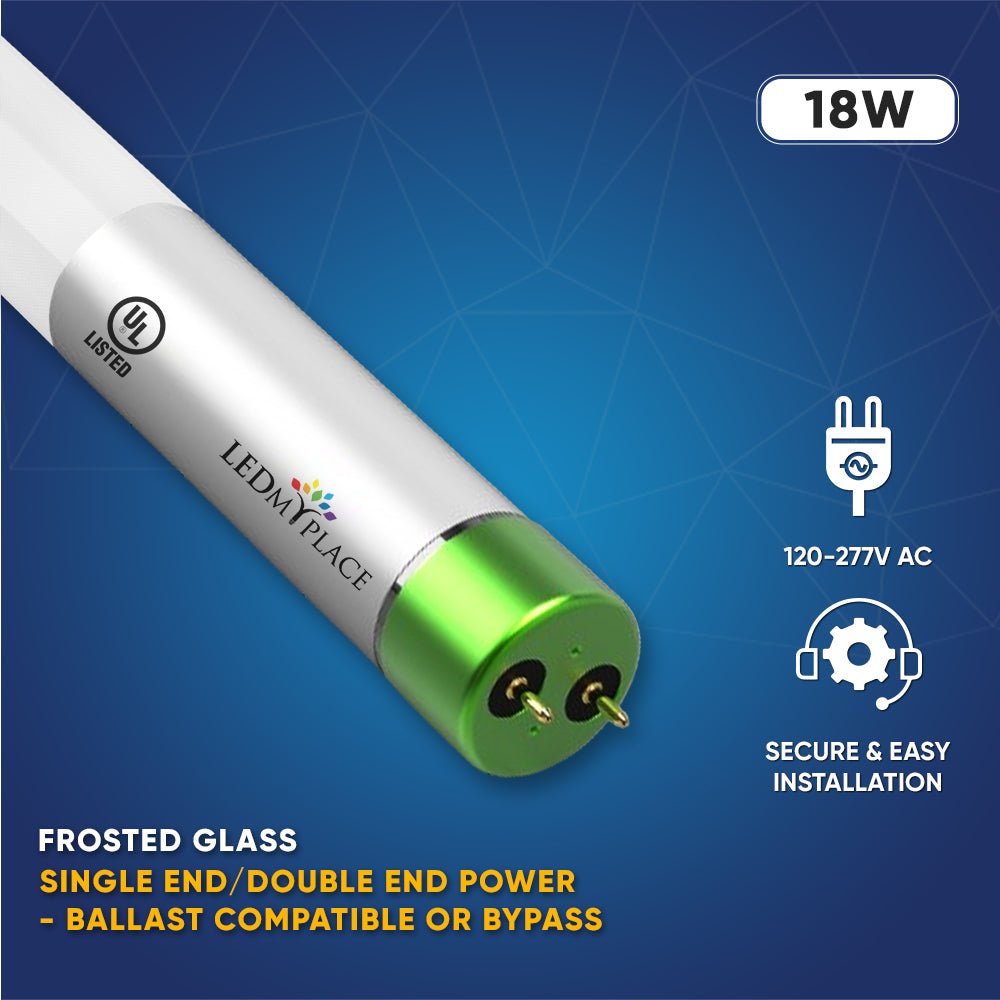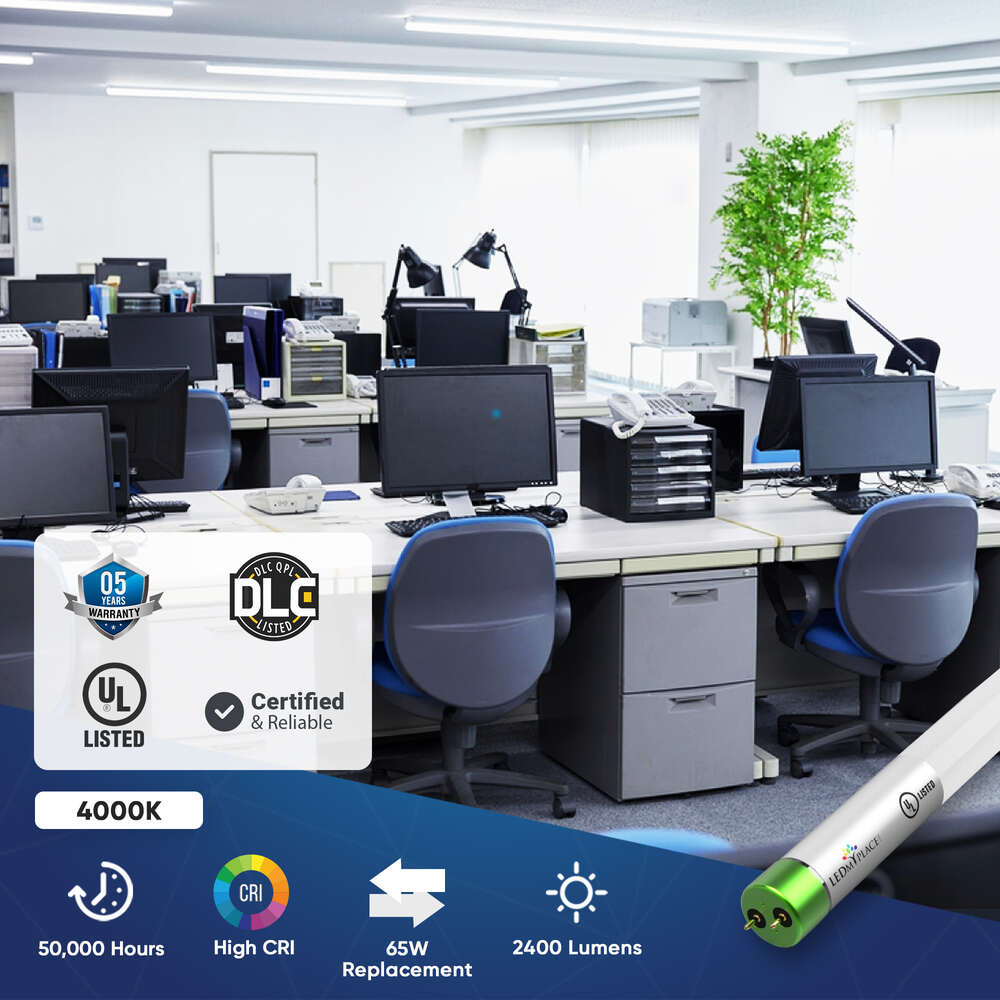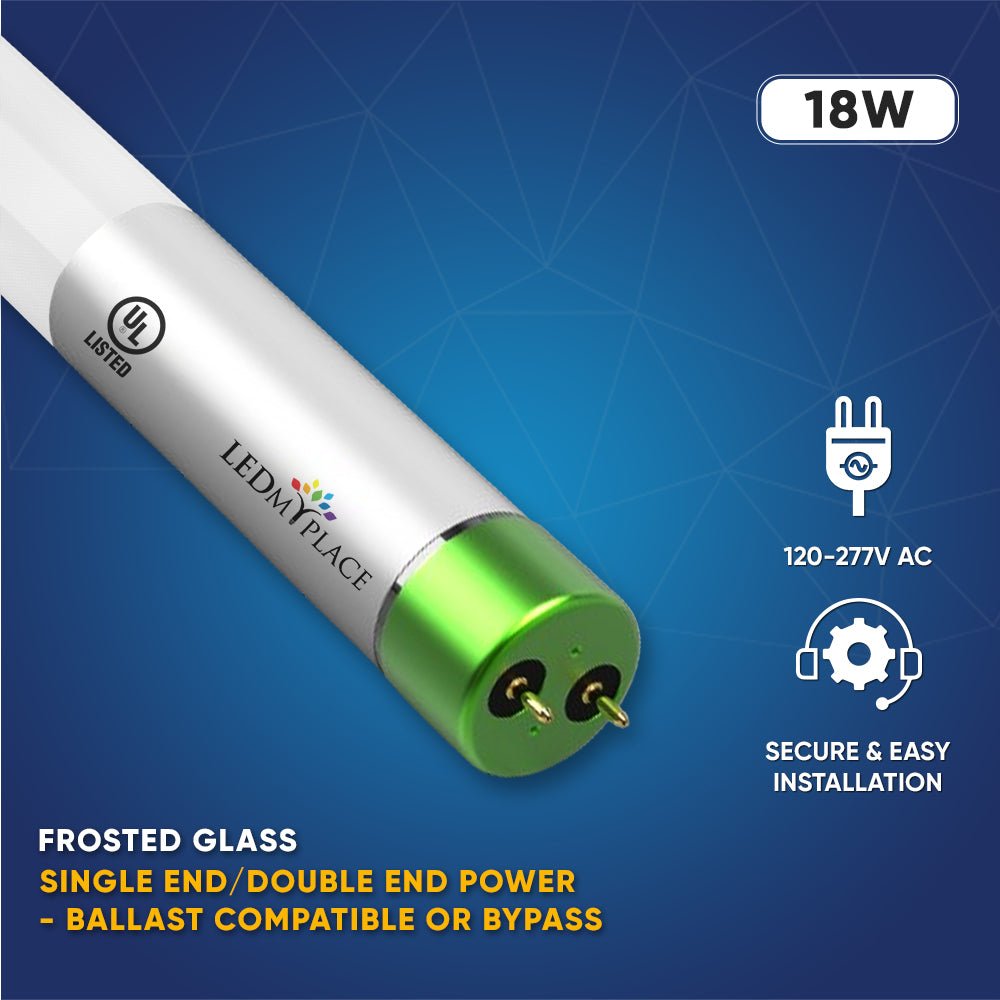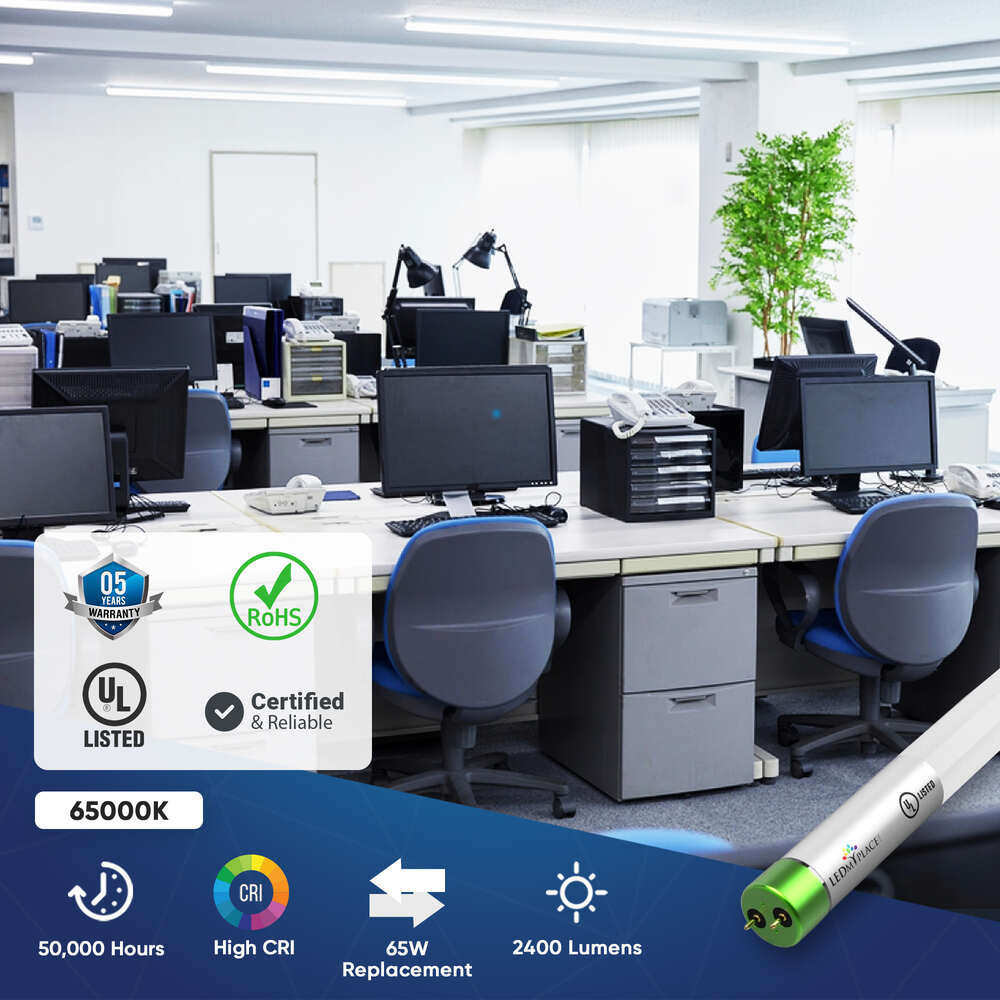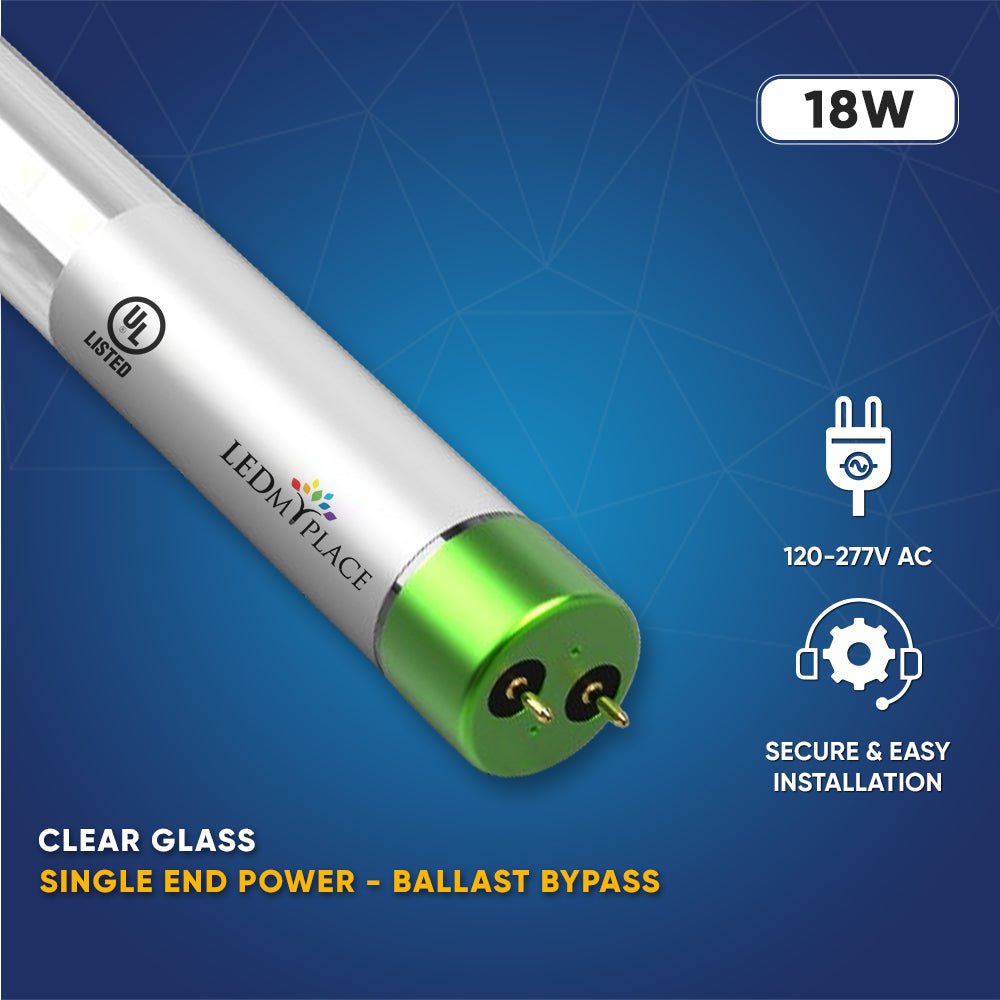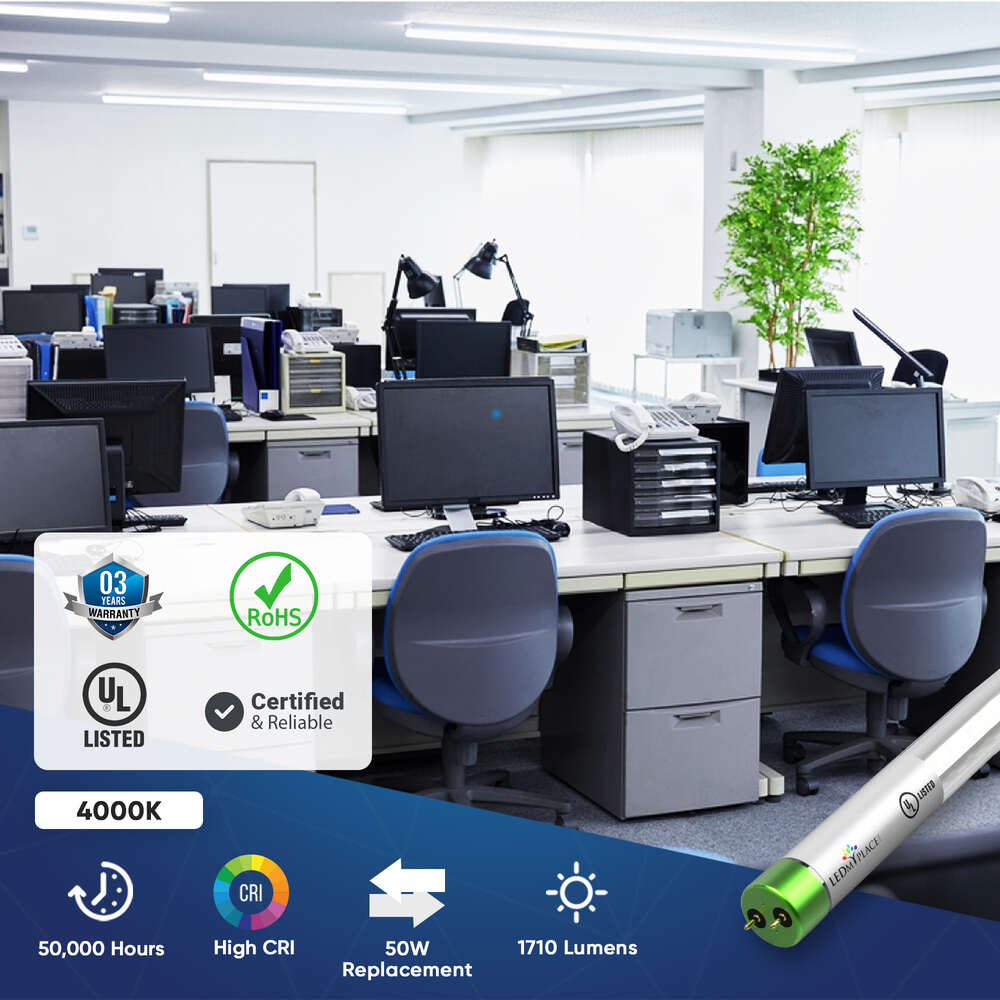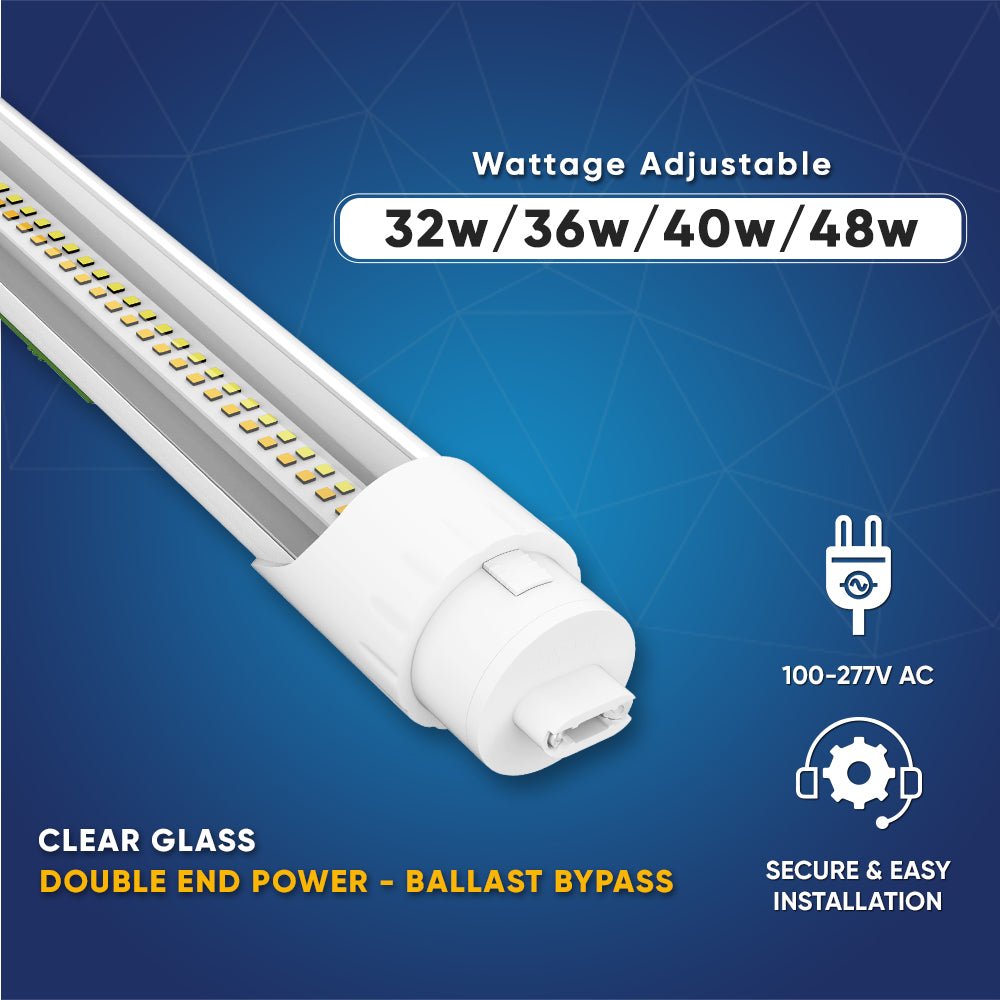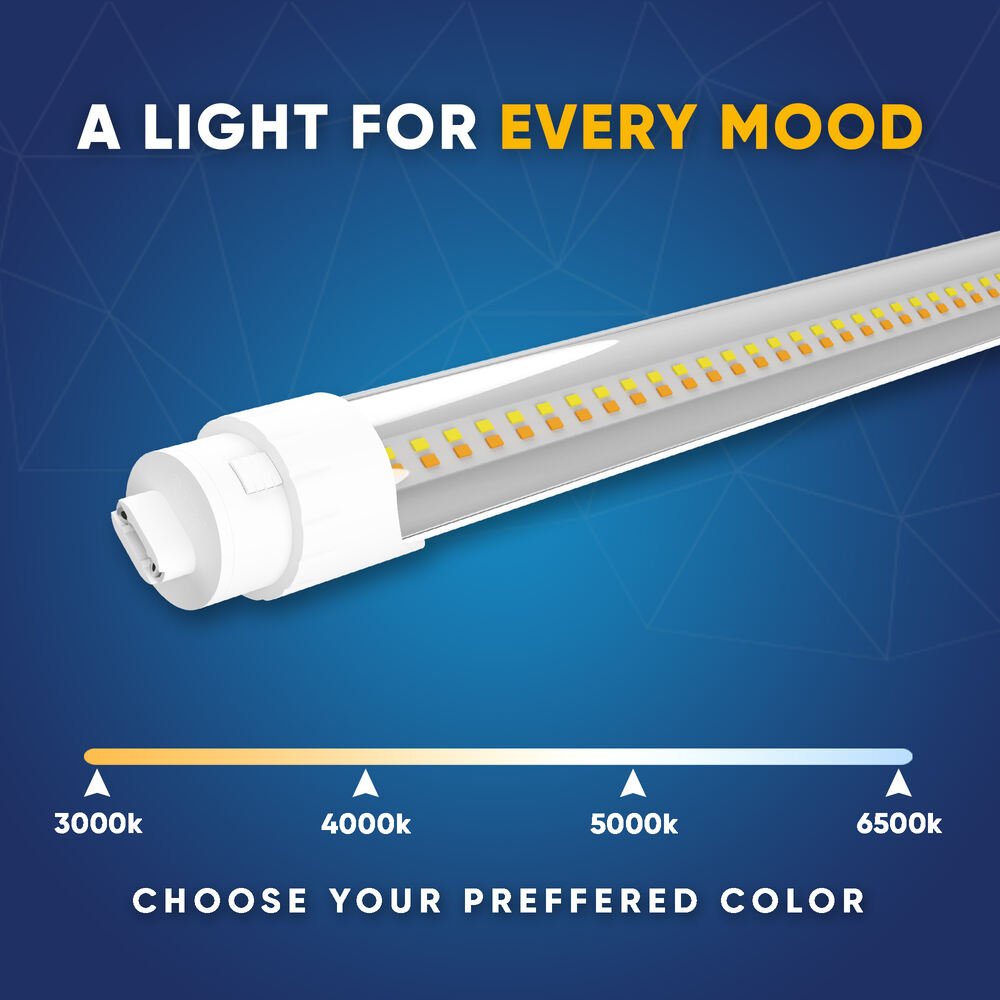Filter and sort
T8 LED Bulbs No Ballast - Ballast Bypass [Without Ballast]
-
FREE SHIPPING on orders over $99
- MPN: TB055
- Warranty: 5 Years
Brightness: 4160 Lumens- 6240 LumensWattage: 48w/40w/36w/32wCCT: 3000k/4000k/5000k/6500kLife Hours: 50,000 HoursSold by the case of 1pc
$20.99 Ea.
$20.99 $26.99Save $6.00 (23%)FREE SHIPPING on orders over $99- MPN: TB009
- Warranty: 3 Years
Brightness: 1800 LumensWattage: 18 WattCCT: 5000 KelvinLife Hours: >50,000 Hours$70.99 $129.99Save $59.00 (46%)FREE SHIPPING on orders over $99- MPN: TB059
- Warranty: 5 Years
Brightness: 4160 Lumens- 6240 LumensWattage: 48 WattCCT: 4000 KelvinLife Hours: 50,000 Hours$20.99 $25.99Save $5.00 (20%)FREE SHIPPING on orders over $99- MPN: TB003
- Warranty: 3 Years
Brightness: 1800 LumensWattage: 18 WattCCT: 5000 KelvinLife Hours: >30,000 HoursSold by the case of 15-Pack
$4.79 Ea.
$71.99 $129.99Save $58.00 (45%)FREE SHIPPING on orders over $99- MPN: TB012
- Warranty: 3 Years
Brightness: 1800 LumensWattage: 18Wattage Equivalent: 50 Watt ReplacementCCT: 6500 KelvinLife Hours: 50,000 HoursSold by the case of 15-Pack
$4.79 Ea.
$71.99 $129.99Save $58.00 (45%)FREE SHIPPING on orders over $99- MPN: TB017
- Warranty: 3 Years
Brightness: 1800 LumensWattage: 18Wattage Equivalent: 50 Watt ReplacementCCT: 4000 KelvinLife Hours: 50,000 HoursSold by the case of 15-Pack
$4.79 Ea.
$71.99 $116.99Save $45.00 (39%)FREE SHIPPING on orders over $99- MPN: TB019
- Warranty: 5 Years
Brightness: 2400 LumensWattage: 18Wattage Equivalent: 50 Watt ReplacementCCT: 4000 KelvinLife Hours: 50,000 HoursSold by the case of 15-Pack
$6.59 Ea.
$98.99 $145.99Save $47.00 (33%)FREE SHIPPING on orders over $99- MPN: TB015
- Warranty: 5 Years
Brightness: 2400 LumensWattage: 18Wattage Equivalent: 50 Watt ReplacementCCT: 6500 KelvinLife Hours: 50,000 HoursSold by the case of 15-Pack
$6.59 Ea.
$98.99 $145.99Save $47.00 (33%)FREE SHIPPING on orders over $99- MPN: TB011
- Warranty: 3 Years
Brightness: 1800 LumensWattage: 18Wattage Equivalent: 50 Watt ReplacementCCT: 4000 KelvinLife Hours: 50,000 Hours5Sold by the case of 15-Pack
$4.79 Ea.
$71.99 $129.99Save $58.00 (45%)FREE SHIPPING on orders over $99- MPN: TB052
- Warranty: 5 Years
Brightness: 130 Lumens/wWattage: 32/36/40/48W Wattage AdjustableCCT: 3000K/4000K/5000K/6500K CCT ChangeableLife Hours: 50,000 HoursSold by the case of 1pc
$20.99 Ea.
$20.99 $27.99Save $7.00 (26%)About T8 LED Bulbs No Ballast - Ballast Bypass [Without Ballast]
LEDMyplace presents to you an exquisite collection of LED tubes that work without a ballast. Not having a ballast in an LED tube light fixture has many advantages apart from increased efficiency. If you want to know how to bypass a ballast read this blog.
Ballast Bypass LED Tubes come in various sizes, cover, wattages and color temperatures. Perfect for any residential or commercial application, these tubes have a lot of features making them a great product.
What are 4ft LED Ballast Bypass Bulbs?
LED stands for Light Emitting Diode, a semiconductor device that emits light when current flows through it. The term "4ft" refers to the length of the bulb, which is approximately four feet or 48 inches. These bulbs are specifically designed to replace traditional fluorescent tubes, which typically use ballasts to regulate the current to the bulb.
The term "ballast bypass" is the key differentiator here. In a ballast bypass configuration, the LED bulbs operate without the need for the ballast. This means the bulbs are rewired to function without the ballast, thus eliminating the potential for ballast failure and the energy losses associated with the traditional ballast systems.
Advantages of Ballast Bypass LED Tubes
Energy-efficiency: These LED tubes are highly energy-efficiency and convert more than 95% of the electricity consumed into light while losing just 5% of the electricity as heat.
Long-lasting: These tubes have a long operational life of more than 50,000 hours which means that these lights last for more than 5.7 years even if used for 24 hours of the day.
High CRI: These tubes have a high color rendering index which means that these tubes render colors that are accurate in comparison with an ideal source of light such as daylight.
Frequently Asked Questions
Q: What are ballast bypass LED tube lights?
A: Ballast bypass LED tube lights, also known as direct-wire LED tube lights, are LED tubes designed to operate without the use of a ballast. Unlike traditional fluorescent tubes, which require a ballast for operation, ballast bypass LED tubes are directly connected to the electrical circuit.Q: Can I use ballast bypass LED tube lights with existing fluorescent fixtures?
A: Yes, ballast bypass LED tube lights can be used with existing fluorescent fixtures. However, the existing ballast must be removed and the fixture rewired to accommodate the direct connection to the line voltage. Once the ballast has been bypassed, the fixture can safely and efficiently operate with the ballast bypass LED tube lights.Q: Are ballast bypass LED tube lights dimmable?
A: Not all ballast bypass LED tube lights are dimmable. Dimmable LED tubes require additional components and are designed to work with compatible dimming systems. If dimming functionality is desired, it's essential to select LED tube lights specifically labeled as dimmable and ensure compatibility with the existing dimmer switches.Q: Can ballast bypass LED tube lights work with both single-ended and double-ended power configurations?
Q: Do ballast bypass LED tube lights flicker or produce any noise during operation?
A: Yes, some ballast bypass LED tube lights are designed to work with both single-ended and double-ended power configurations. Single-ended LED tubes are wired to receive power from one end, while double-ended LED tubes can receive power from both ends. The specific wiring requirements will depend on the LED tube model and manufacturer specifications.
A: High-quality ballast bypass LED tube lights should not flicker or produce any audible noise during operation. Flickering or noise issues can occur with lower-quality LED tubes or when incompatible with the electrical system. Choosing reputable LED tube lights and ensuring proper installation can help prevent such issues.- Choosing a selection results in a full page refresh.









